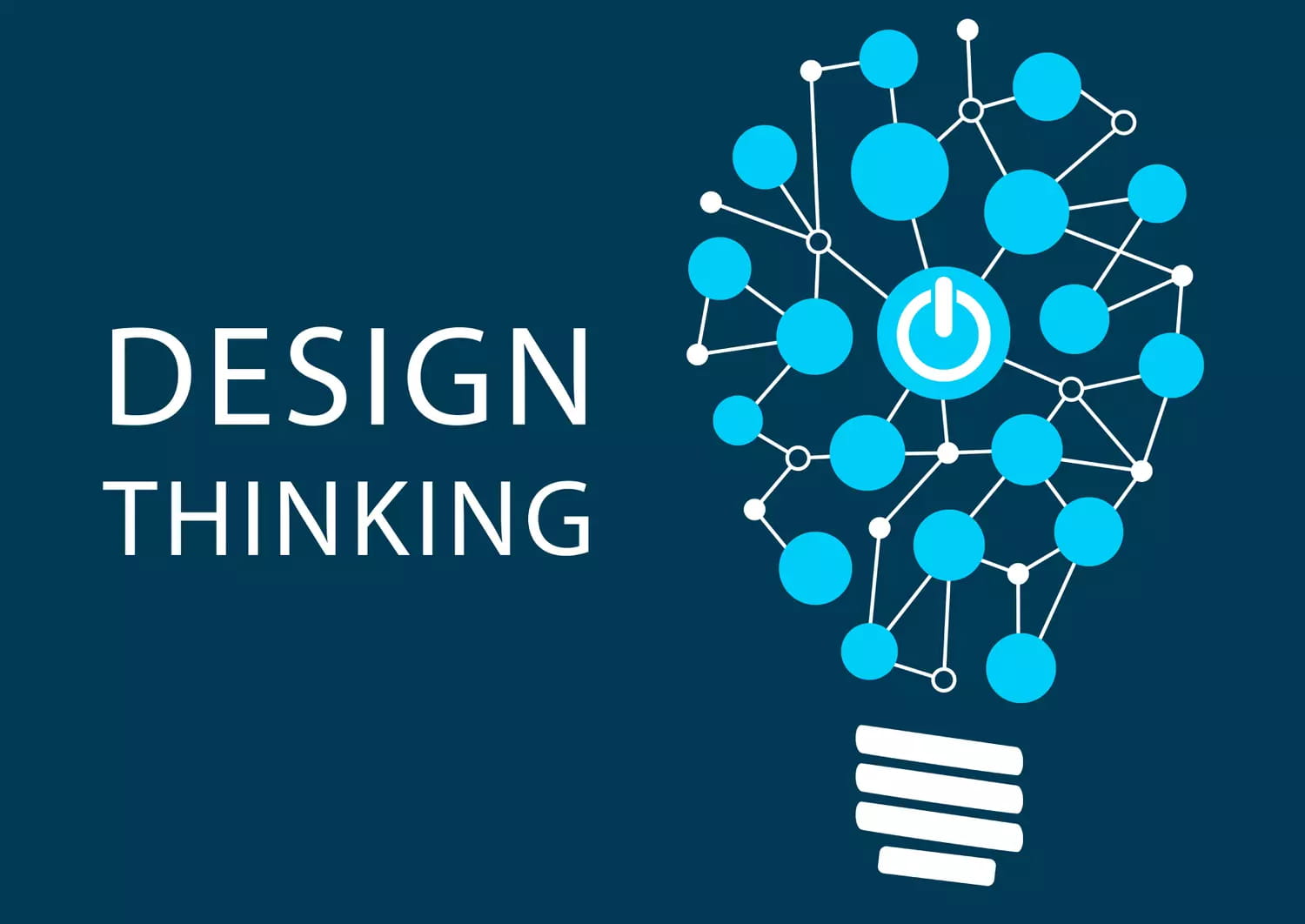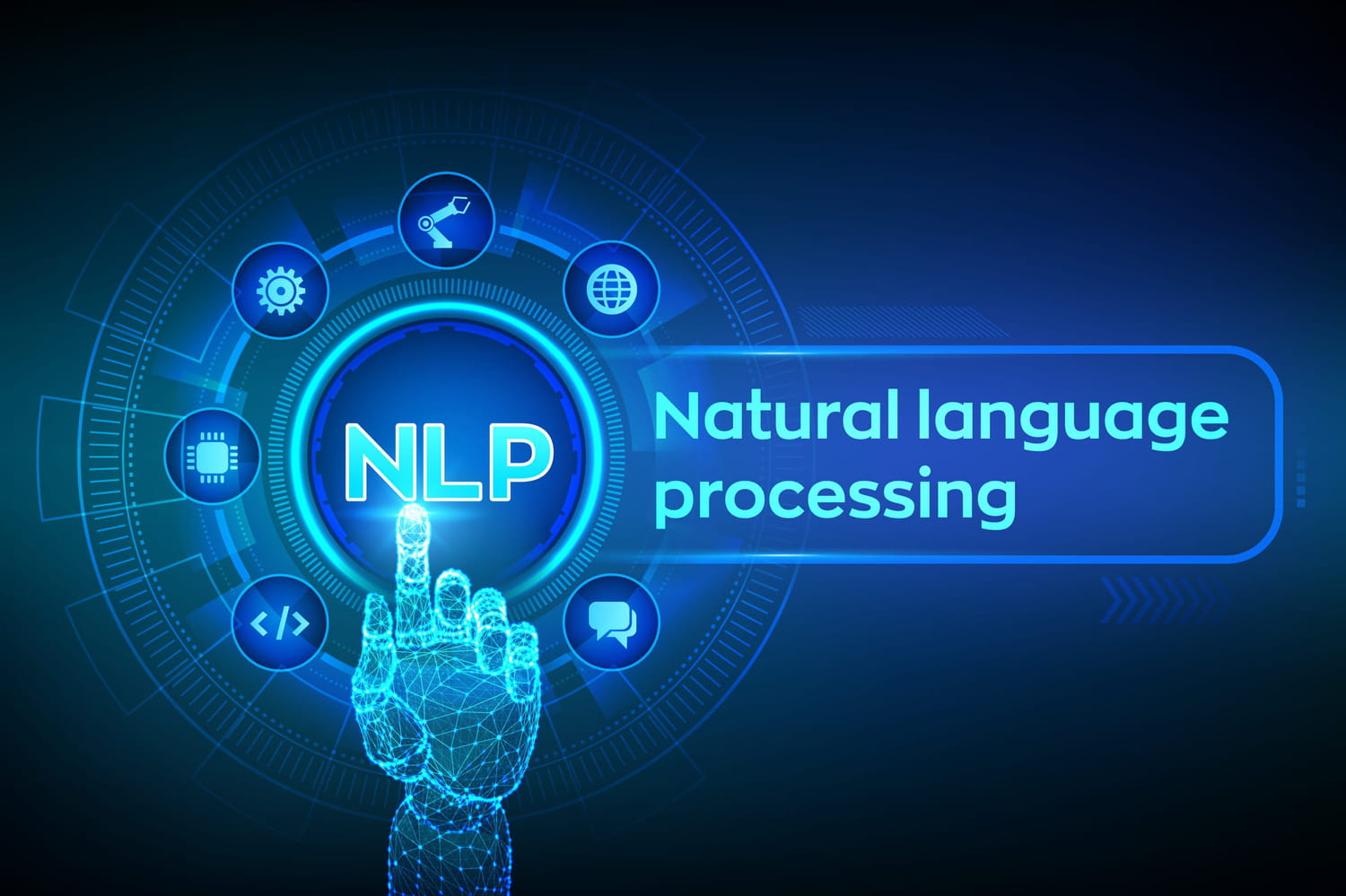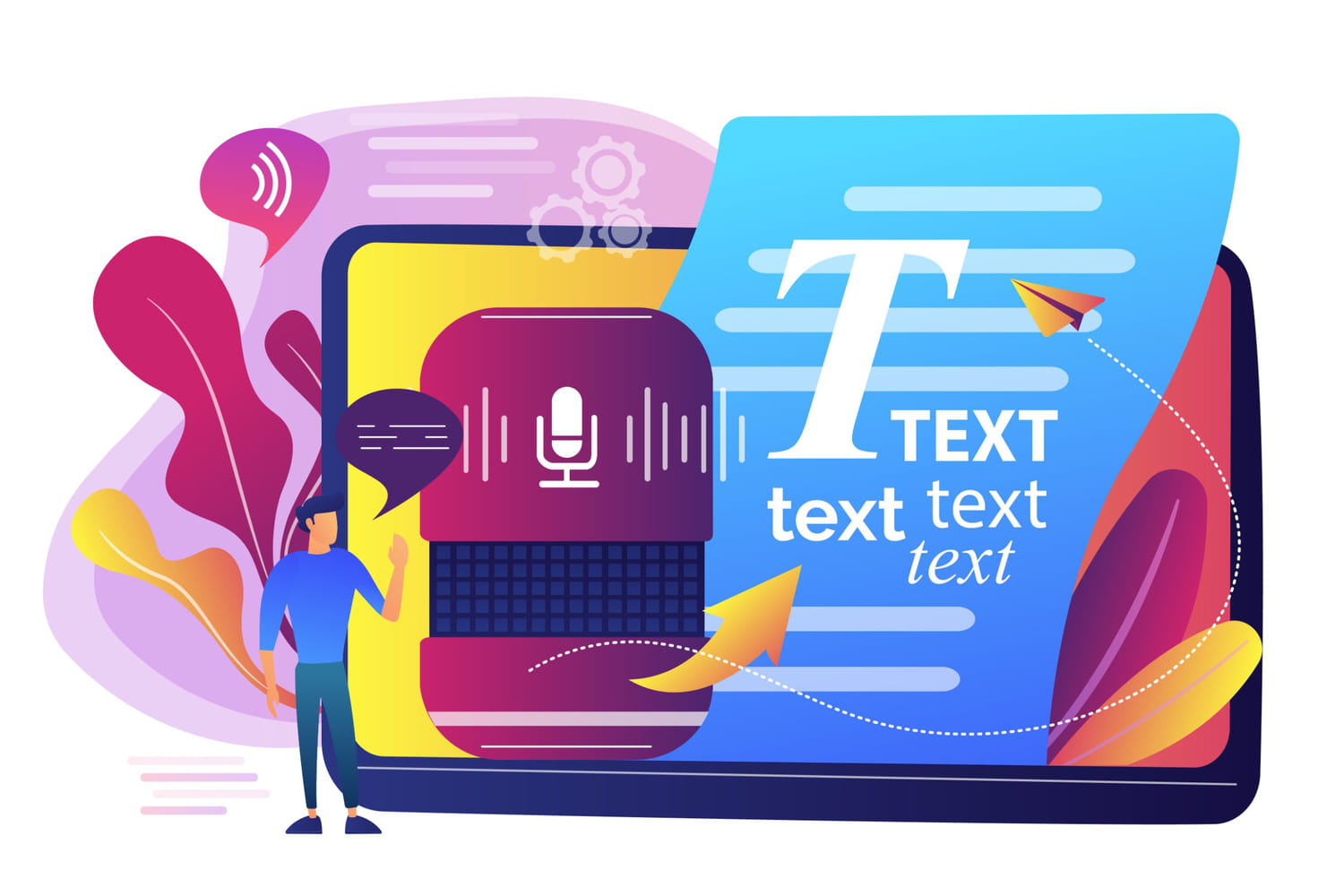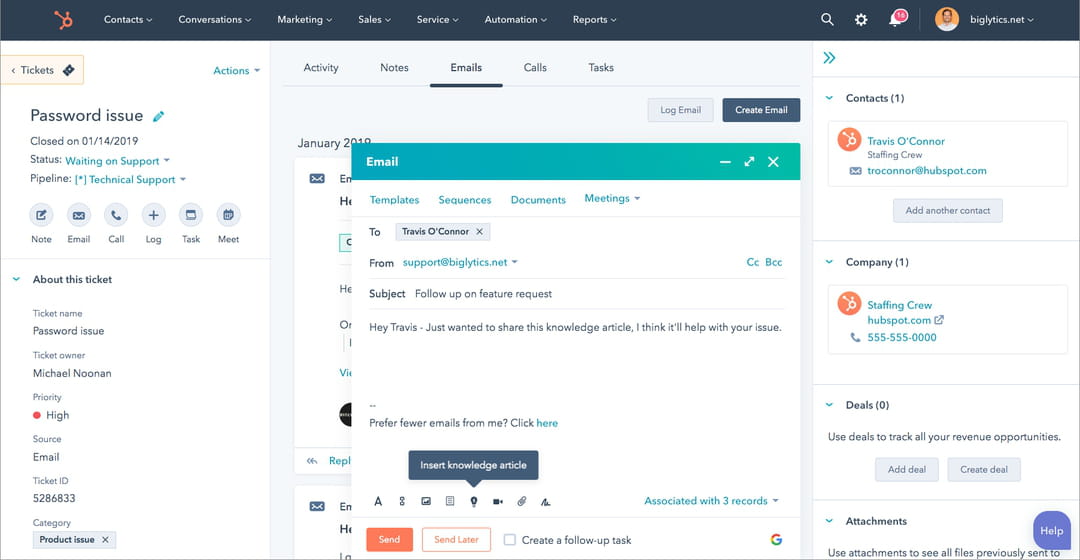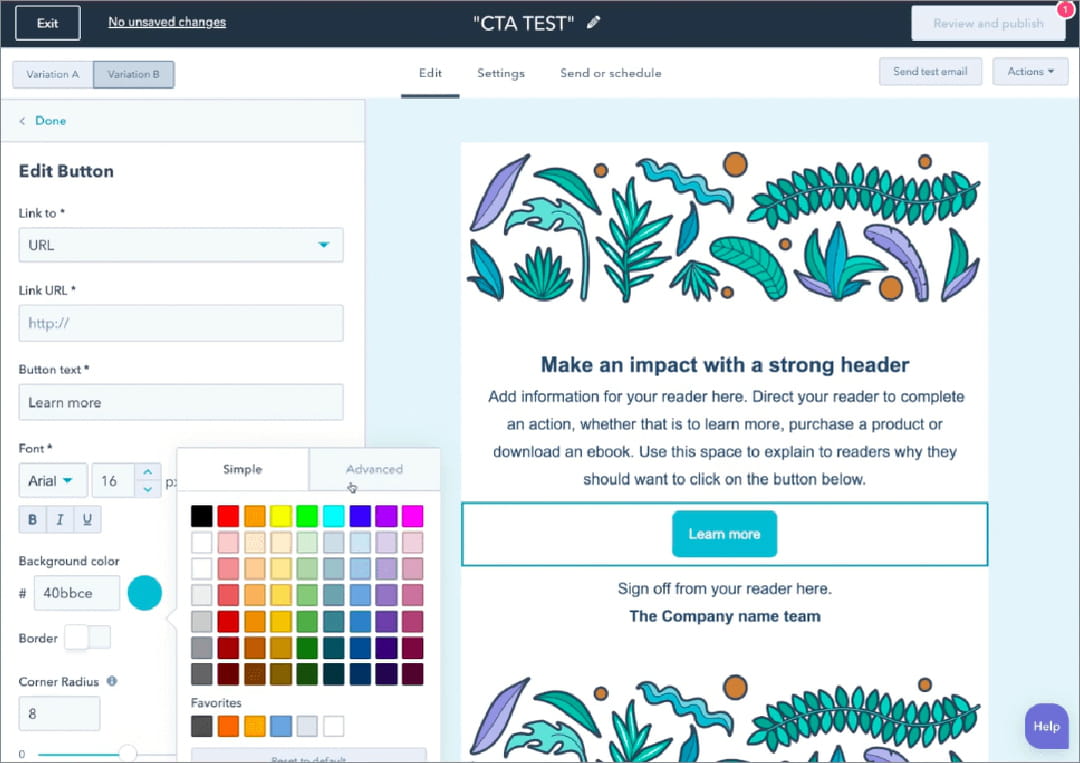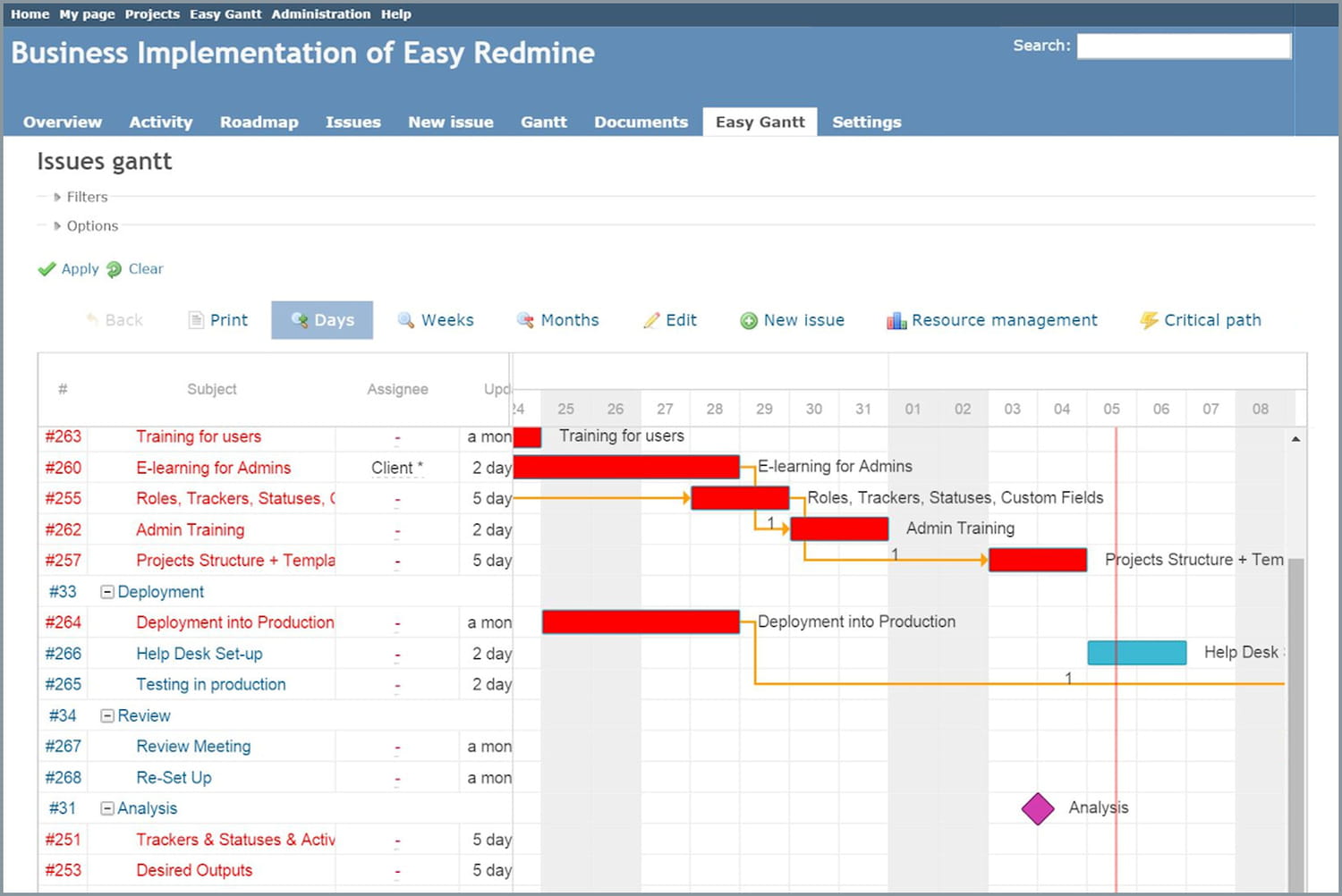
Complementary to agile methods, design thinking is a creative design approach based on brainstorming and collaborative creation.
What is design thinking?
Design thinking is a collective innovation approach. At the crossroads of analytical and intuitive thinking, it recommends involving future users in a collaborative creativity logic. The idea is to get them to capitalize on collective intelligence to come up with innovative product or service prototypes.
If design thinking has come back into fashion in recent years, it is a method that originated in the 1950s with the invention of brainstorming by the American advertising executive Alex Osborn, a concept that made the business world aware of creative thinking. The concept of design thinking was more widely evoked in the book “Visual Thinking” by Robert H. McKim, published in 1973. It was then developed in detail in the 1980s by Rolf Faste at Stanford University.
What is the purpose of design thinking?
The aim of design thinking is to stimulate innovation in an organization, whatever its size, by organizing collective creation sessions. The objective is to come up with a concept or even a prototype of an innovative product or service.
Design thinking is based on four main principles:
- Identify the problem to be solved,
- Take into account the users’ needs,
- Fostering collective and multidisciplinary intelligence,
- Test several solutions, do not be afraid of failure to progress.
What are the three basic criteria of design thinking?
Design thinking takes shape in a process that was defined by the American designer Rolf Faste. It is based on three major complementary evaluation criteria:
- Desirability which refers to the question of whether users really want the proposed solution, and ultimately whether they will adopt it,
- Feasibility which implies having the necessary resources to develop this solution (budget, technologies, skills…).
- Sustainability which echoes the interest of deploying such a solution, and more precisely its profitability, i.e. its potential return on investment.
What are the 5 phases of design thinking?
According to the Stanford University d.school, design thinking can be reduced to 5 stages which are:
- Empathy With customers/users to get to know them,
- The definition of the problem to identify their expectations,
- Idea generation to find an answer to these expectations,
- Prototyping to shape the solution,
- The test phase to test the final product.

What are the main design thinking tools?
The design thinking method relies on many tools, such as the customer journey map which traces all the interactions of a consumer with a product, to create a user journey. It is also possible to use affinity diagrams, moodboards, personas or mind maps. Then come the tools specific to design:
- Brainstorming,
- Co-creation meetings,
- Idea menus,
- The positioning matrix.
Some design thinking use cases (examples)
Combining the analytical thinking of engineers or marketers and the intuitive thinking of creatives, design thinking focuses on the user experience (UX). Going through three key stages (inspiration, imagination and implementation), design thinking can be applied to all areas involving interaction between the user and the product or service. From there, design thinking can be found in many fields: fashion, software man-machine interfaces, car interiors and dashboards, interior design, smart cities, connected objects…
Several famous brands have used design thinking to find innovative solutions for their customers. For example, Lapeyre called on students from d.school Paris. Their objective was to rethink the bathroom to adapt it to seniors. After more than a year of discussions with senior citizens, caregivers and carers, they identified the needs of the elderly: to be able to sit down, to protect their belongings from water, to be able to see better up close, to be able to move around easily, to have good lighting, etc. By analyzing these needs and implementing the 5 steps of design thinking, they were able to create the “Concept” Care modular furniture.
With the design thinking method, personas are used in the definition phase. They allow to make visible and concrete the users to better understand their expectations. Personas allow marketing teams to remember who their target is when developing a product or service.
How do design thinking and agility complement each other?
Agile methods and design thinking are complementary, not to say intimately linked. In the agile project management cycle, design thinking is positioned in the solution research phase. The various agile methods then cover the way in which this solution is developed by implementing regular feedback between the team of developers and the end users. Their objective: to create and deploy a product through successive iterations, constantly validated by the business client, both upstream and downstream, in order to avoid any drift.
Design thinking training
Taking up all these theoretical writings, design thinking training teaches this entrepreneurial approach which is now most often summarized in three key steps: identify a problem and understand its environment, find the idea that will solve this problem, and transform the idea into a concrete project.
The teaching of design thinking insists on the fact that this entrepreneurial method requires a logic of co-creation, intellectual gymnastics between analysis and intuition, but also a field study. If design thinking can be learned through workshops or Mooc. IBM makes its internal design thinking guide available to everyone online.
